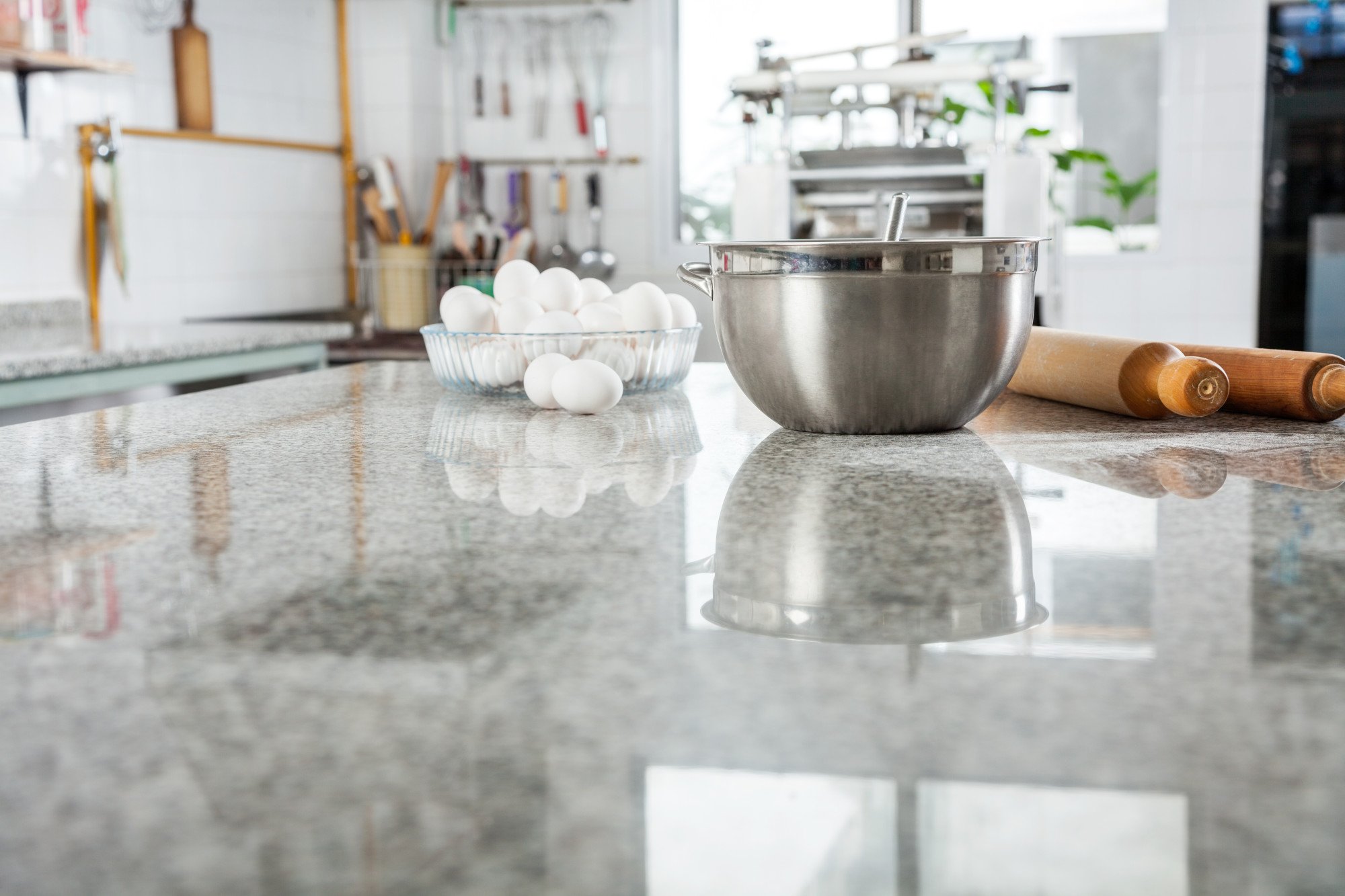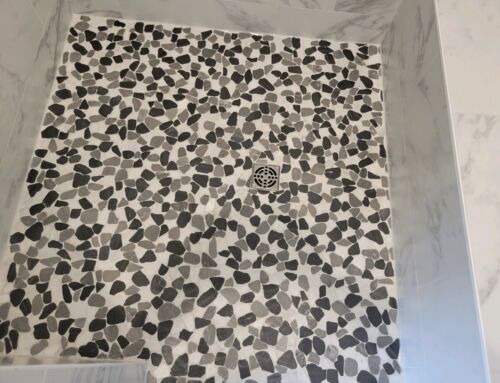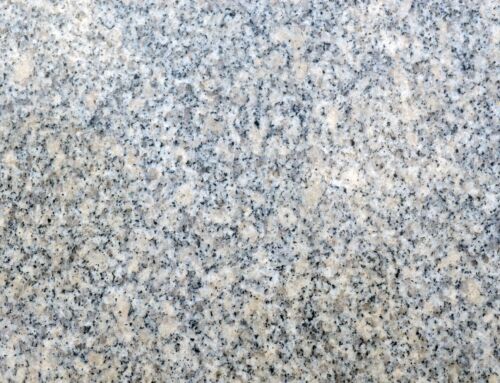Marble is one of the most popular countertop materials. It comes in many colors and styles and has incredible vein patterning. Marble is also heat resistant; there are no downsides to choosing this material.
Well, that’s not entirely true. Marble does require quite a bit of countertop maintenance. It’s more prone to scratching and staining. It’s a good idea to know how to seal marble countertops if you’re considering buying them.
Sealing helps make cleaning countertops easier and less tedious. If you want to learn how to protect your marble kitchen surfaces, keep reading. We’ll discuss why sealing countertops is important and how to do it.

Why Seal Your Countertops?
Marble and many other types of natural stone are porous. That means they absorb food and liquids through tiny holes in the surface. Marble is like a sponge – good at absorption because they have various entry points.
Marble is also a relatively soft stone, so it’s also easier to scratch and chip than other kinds of natural rock. Granite, for example, is more durable.
Sealing the stone surface helps expand your countertop lifespan by making it more difficult for stains and scratches to penetrate the surface.
How to Seal Marble Countertops
Sealing countertops can be a relatively simple procedure. If done correctly, you can finish the task in just under an hour. You don’t need many materials either, just:
- Natural stone cleaner
- Soft bristle brush
- Microfiber cloth
- Natural stone sealant
Your first step is cleaning the marble surface. This countertop maintenance ensures no stains are stuck under the sealant and that the substance will adhere.
Once clean, dry the countertop thoroughly. The marble needs to be very dry so the sealer will stick.
Your second step is to apply the sealant with the brush. Always follow manufacturer instructions when using sealant. Read the instructions before you start, and try testing a small area first.
Wait 24 hours after your area test to check if the results are what you wanted. Apply the correct amount of sealer given by the instructions and wait the recommended time between applying coats.
The third step is to remove excess sealer so it doesn’t sink into the marble. Microfiber works well to soak up the remaining substance without leaving fibers. Make sure the sealant doesn’t dry the countertop.
Your final step is to apply additional coats as needed. Adding more than one coat isn’t unusual. The more porous the stone, the likelier you’ll need extra coats.
Increase Your Countertop Lifespan
Learning how to seal marble countertops could be the difference between constant, tedious kitchen maintenance and enjoying the space.
Marble and other natural stones are beautiful, but high-maintenance countertop materials. Sealing is vital if you want to preserve them. However, if you’re not confident you do the job, The Groutsmith is here to help.
We can assist with natural stone sealing, grout cleaning, shower cleaning, or other grout and cleaning-related needs today. We also offer free in-home demonstrations and estimates. Contact us for more information today.


